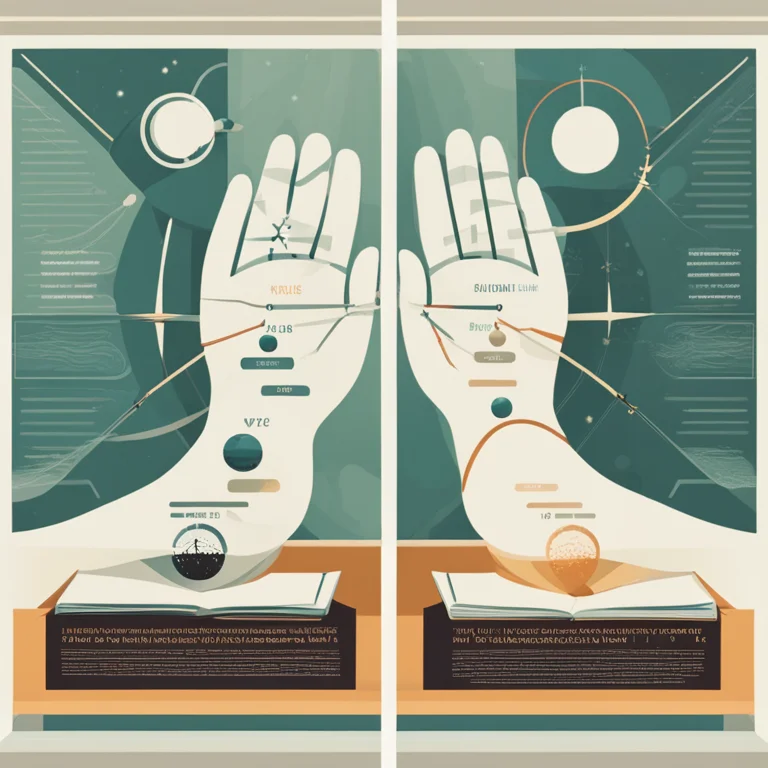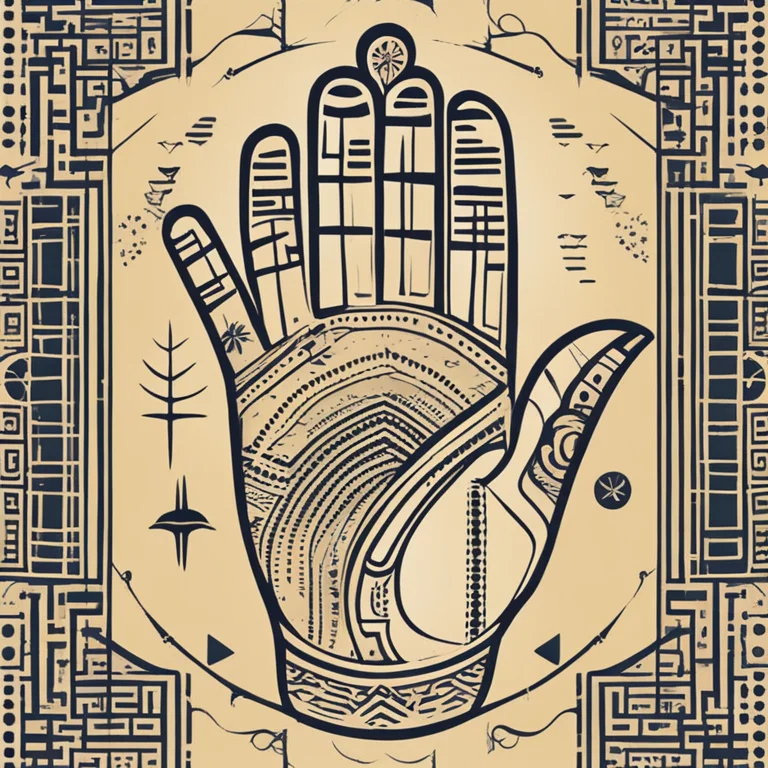
Is Palmistry a Genuine Insight or Mere Superstition?
Delve into the realm of palmistry to discern whether it holds any factual basis or is simply a pseudoscience.
article by Nora Pennington
What is Palmistry?
Palmistry, also known as chiromancy, has intrigued humanity for millennia. Rooted in ancient civilizations like those of India, China, and Egypt, this practice revolves around analyzing the palm's lines, shapes, and patterns to forecast one's future and characterize their personality. Proponents of palmistry claim that the hands are a reflective microcosm of our cerebral processes and life experiences. While modern palmistry has evolved into a more psychological and personal tool for self-reflection, critics often dismiss it as lacking empirical support.

Palmistry and Science
Skeptics demand a scientific basis for any claim towards truth, and palmistry is no exception. While there is scant evidence to uphold palmistry as a credible science, some studies have endeavored to find statistical correlations between hand features and certain character traits or life outcomes. However, as of 2024, no substantial link has been universally accepted by the scientific community, and palmistry remains categorized under pseudoscience or a form of art dependent on individual interpretation.

Psychological and Therapeutic Aspects
Palmistry enthusiasts often point to the psychological benefits of the practice. When conducted in a thoughtful and non-dogmatic way, a palm reading can lead to introspection and self-discovery, akin to therapy. By fostering personal narratives that align with an individual's life and aspirations, palmistry can have a placebo effect, inciting positive outlooks and attitudes. Additionally, it can serve as a conduit for empathy and connection between the reader and the client, outside the boundaries of scientific validation.
Cultural Perception
Culturally, palmistry may hold varying degrees of legitimacy. In some societies, it's a cherished tradition; in others, it's considered a mere carnival act. The cultural lens through which one views palmistry can profoundly affect its perceived validity. In the West, where empirical evidence is highly valued, palmistry might be viewed with suspicion. Nevertheless, horoscope and esoteric services have seen a resurgence, coinciding with a broader exploration of spirituality in modern society.
Bridging Palmistry and Entertainment
Palm readings are frequently sought for entertainment. Events and parties often feature palmists who provide quick, amusing insights into one's character or future. The entertaining aspect should not be undervalued; though it may not affirm palmistry's factual nature, it highlights its enduring charm and the human desire to ponder the unknown, seeking meaning in the lines that traverse our palms.
Individual Beliefs and Experiences
The question of palmistry's reality often boils down to personal beliefs and experiences. For those who have found comfort or truth in their readings, palmistry is as real as it gets. One's openness to the mystical or the subconscious mind playing into the interpretation of the palm's lines can make palmistry a powerful, subjective reality, whether or not it withstands scientific scrutiny.
Published: 1/11/2024
Modified: 1/11/2024
More predictions
Come back here soon to learn more about yourself and your future


Unlocking Palm Lines for Career Success
Discover the secrets of your palms and what they suggest about your professional journey. Learn to read palm lines for insights into your career path.


The Secrets of the Jupiter Mount & Palmistry
Discover the significance of the Jupiter Mount in palm reading and how it reflects your leadership and ambition.